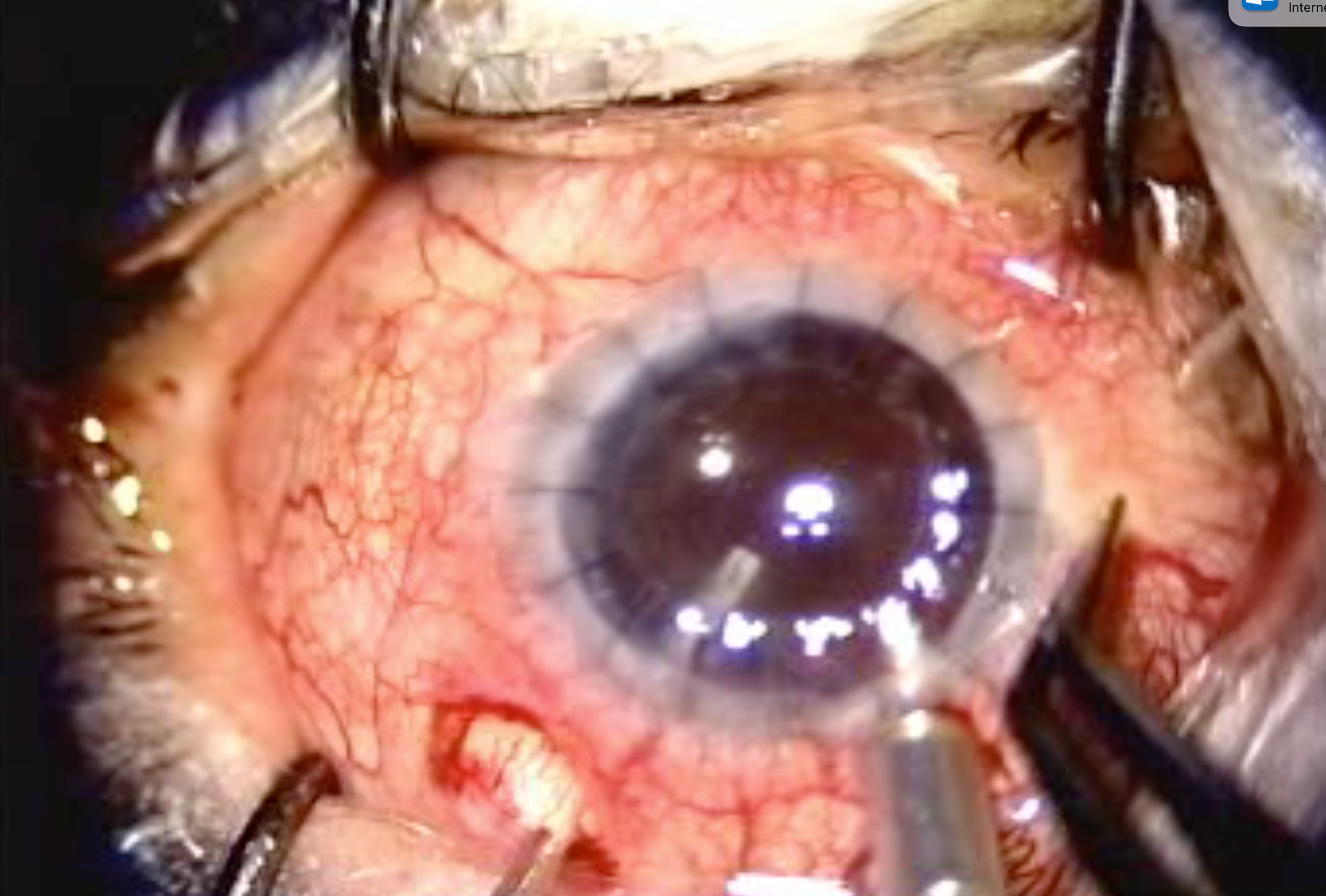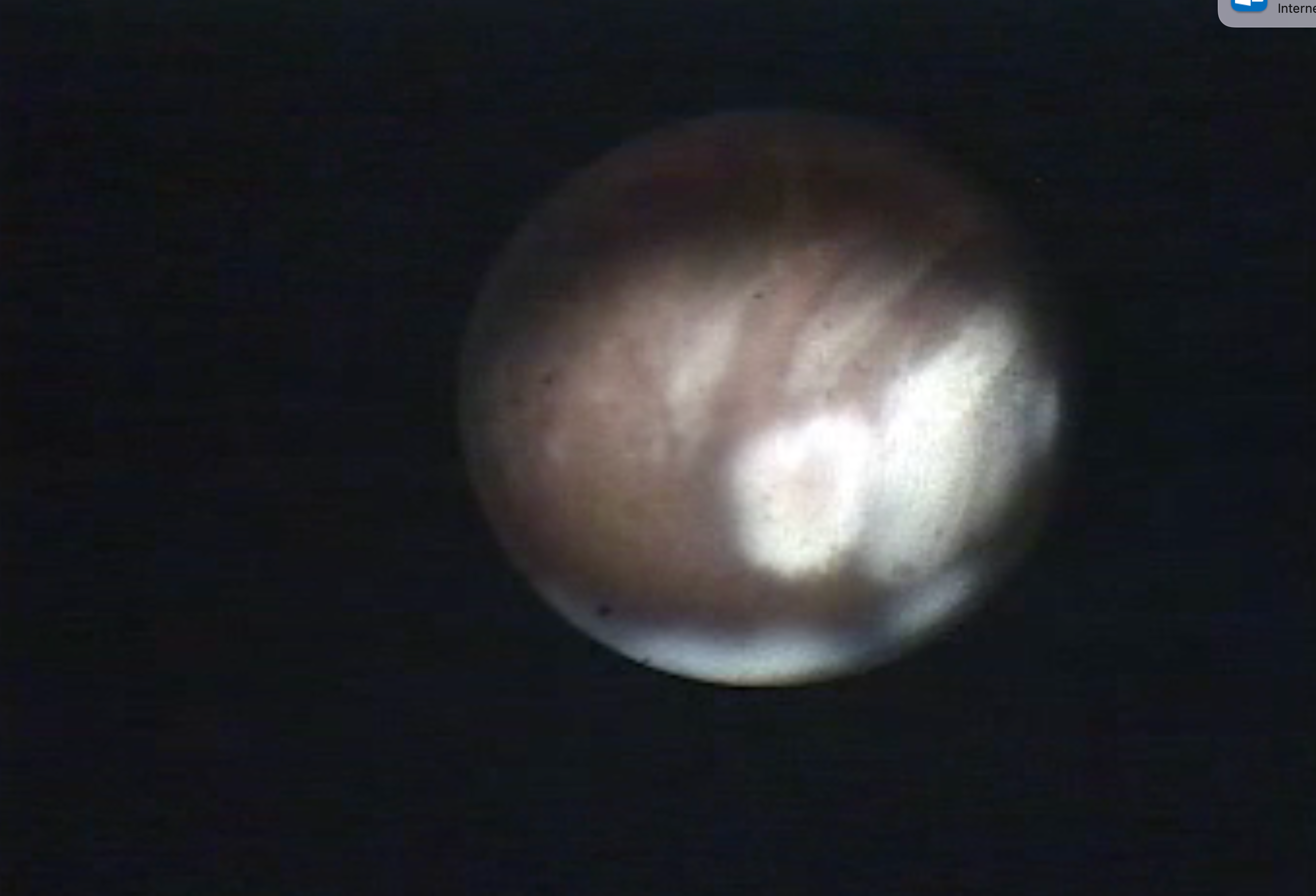Article
Seize underutilized opportunity to treat glaucoma during vitrectomy
Author(s):
Ophthalmologists can reduce IOP and medications with endocyclophotocoagulation while in the eye.
Since iStent (Glaukos) became the first FDA-approved stent in 2012, adoption of minimally invasive glaucoma surgery (MIGS) has grown substantially.
In an analysis of more than 200,000 cataract surgeries that occurred from 2013 to 2018, the number of concurrent MIGS procedures increased more than 5-fold.1
By 2020, 19% of cataract and glaucoma surgeons were using MIGS.2 When surgeons performed multiple MIGS procedures during cataract surgery, the most common pairing was iStent and endocyclophotocoagulation (ECP) (Endo Optiks E2, BVI Medical) bypassing the trabecular meshwork while reducing aqueous production from the ciliary processes.1
Although cataract surgery has become a key opportunity for MIGS treatment of glaucoma, it is not the only opportunity. We perform stand-alone placement of stents and regularly rely on procedures such as the Omni Surgical System (Sight Sciences) and Xen Gel Stent (Allergan).
The ECP ciliary process. (Images and video courtesy of Victor H. Gonzalez, MD)

Another key opportunity that receives less attention is vitrectomy. Busy surgeons may not recognize that they are in a position to help pseudophakic patients maximize control of IOP at the time of vitrectomy using ECP. When patients are already undergoing surgery for a serious problem, ECP is a low-risk, high-return, efficient procedure that can have a beneficial impact on IOP and quality of life.
Implementing ECP during vitrectomy
When patients are referred to me for a condition requiring a vitrectomy, such as a macular hole, and they are pseudophakic and being treated for glaucoma, I evaluate them for possible ECP. If patients are on maximum medical therapy with borderline control, it is important to seize the opportunity to improve their status with ECP. Even if patients are stable on maximum medical therapy, I discuss the benefits of ECP with them. ECP can improve patient adherence and ease the economic burden by decreasing the number of drops needed for glaucoma control.
I communicate to the referring ophthalmologist that we have an opportunity to help control IOP and reduce the number of drops the patient is using by performing ECP while doing vitrectomy. Nine out of 10 times, the referring physician agrees with the treatment plan and gives me the green light to proceed with the treatment.
Patients with a diagnosis of neovascular glaucoma who can have their pressures controlled with medical therapy can benefit from treatment with ECP during the vitrectomy as well. In my experience, this has spared me from having to implant a stent device in many of these patients.
An efficient, amenable procedure
During cataract surgery, the treatment is performed through the corneal incision. After pars plana vitrectomy, ECP is done through the trocar, using a 23-gauge probe. First, I visualize the ciliary processes with the endoscope. With a laser setting of 150 to 250 mW and continuous exposure, I apply energy to the processes until shrinkage and whitening occur. I treat 180 degrees of the ciliary processes and a small section of pigmented tissue on the pars plicata. After ECP, I use dexamethasone intracamerally.
ECP can lower IOP.

On average, ECP lowers IOP by approximately 5 to 8 mm Hg,3,4 reaching maximum effect 6 weeks after the procedure. Thus, patients continue their glaucoma medications after surgery, and we see them back at 6 weeks for adjustments in medication if IOP has decreased. Recovery is otherwise identical to that of patients undergoing vitrectomy without ECP.
My results for ECP mirror the literature, which shows that a large majority of patients are able to eliminate 1 or 2 classes of drops.5,6 They are often stabilized on 1 prostaglandin or aqueous suppression drug after ECP. In some cases, such as in patients with acute neovascular glaucoma, lowering IOP with a MIGS procedure like ECP may even help prevent the need for more invasive surgery later in the disease process.
Reaction from patients and referring doctors
Patients are ecstatic when I can treat their acute problem and help them have stable pressure and optic nerve readings with less dependence on drops. Combining ECP with vitrectomy also has a positive effect among referring physicians. When they refer patients, they want to know if they are good candidates for ECP, and they are excited to offer patients that option. If ophthalmologists expand access to this combined approach, more patients undergoing vitrectomy will be able to improve the overall health of their eyes as well as their quality of life.
Victor H. Gonzalez, MD
Gonzalez is the founder of Gulf Coast Eye Institute, which serves the Rio Grande Valley region in Texas. He is a consultant for BVI Medical, Endo Optikis.
References
1. Yang SA, Mitchell W, Hall N, et al; IRIS Registry Data Analytics Consortium. Trends and usage patterns of minimally invasive glaucoma surgery in the United States: IRIS Registry analysis 2013-2018. Ophthalmol Glaucoma. 2021;4(6):558-568. doi:10.1016/j.ogla.2021.03.012
2. Jones C. MIGS adoption hits 30 percent in some US cities. LinkedIn. February 4, 2020.
3. Lindfield D, Ritchie RW, Griffiths MF. ‘Phaco-ECP’: combined endoscopic cyclophotocoagulation and cataract surgery to augment medical control of glaucoma. BMJ Open. 2012;2(3):e000578. doi:10.1136/bmjopen-2011-000578
4. Yap TE, Zollet P, Husein S, et.al. Endocyclophotocoagulation combined with phacoemulsification in surgically naïve primary open-angle glaucoma: three-year results. Eye (Lond). Published online September 15, 2021.
5. Kahook MY, Lathrop KL, Noecker RJ. One-site versus two-site endoscopic cyclophotocoagulation. J Glaucoma. 2007;16(6):527-530. doi:10.1097/IJG.0b013e3180575215
6. Francis BA, Berke SJ, Dustin L, Noecker R. Endoscopic cyclophotocoagulation combined with phacoemulsification versus phacoemulsification alone in medically controlled glaucoma. J Cataract Refract Surg. 2014;40(8):1313-1321. doi:10.1016/j.jcrs.2014.06.021
Newsletter
Don’t miss out—get Ophthalmology Times updates on the latest clinical advancements and expert interviews, straight to your inbox.




